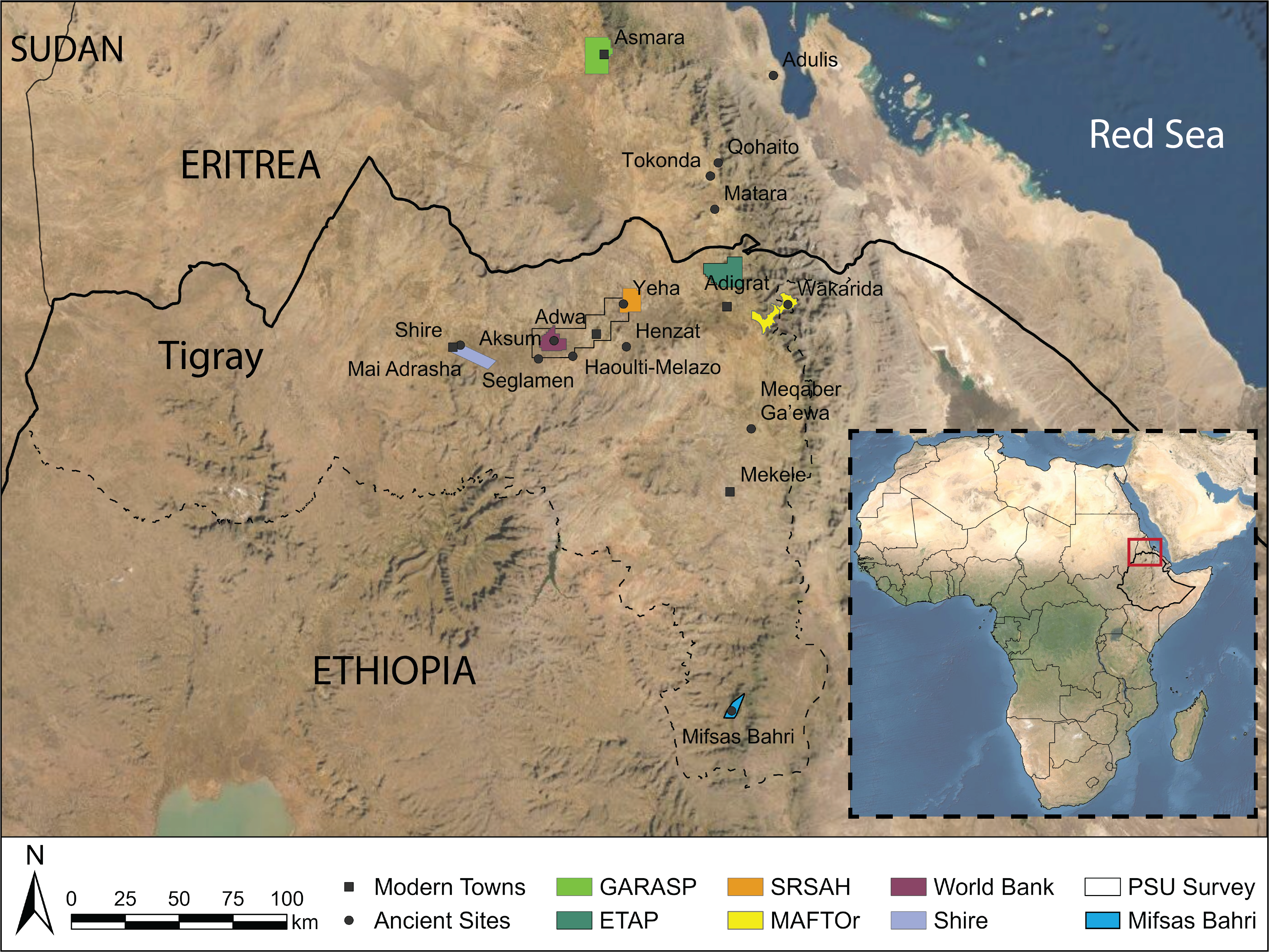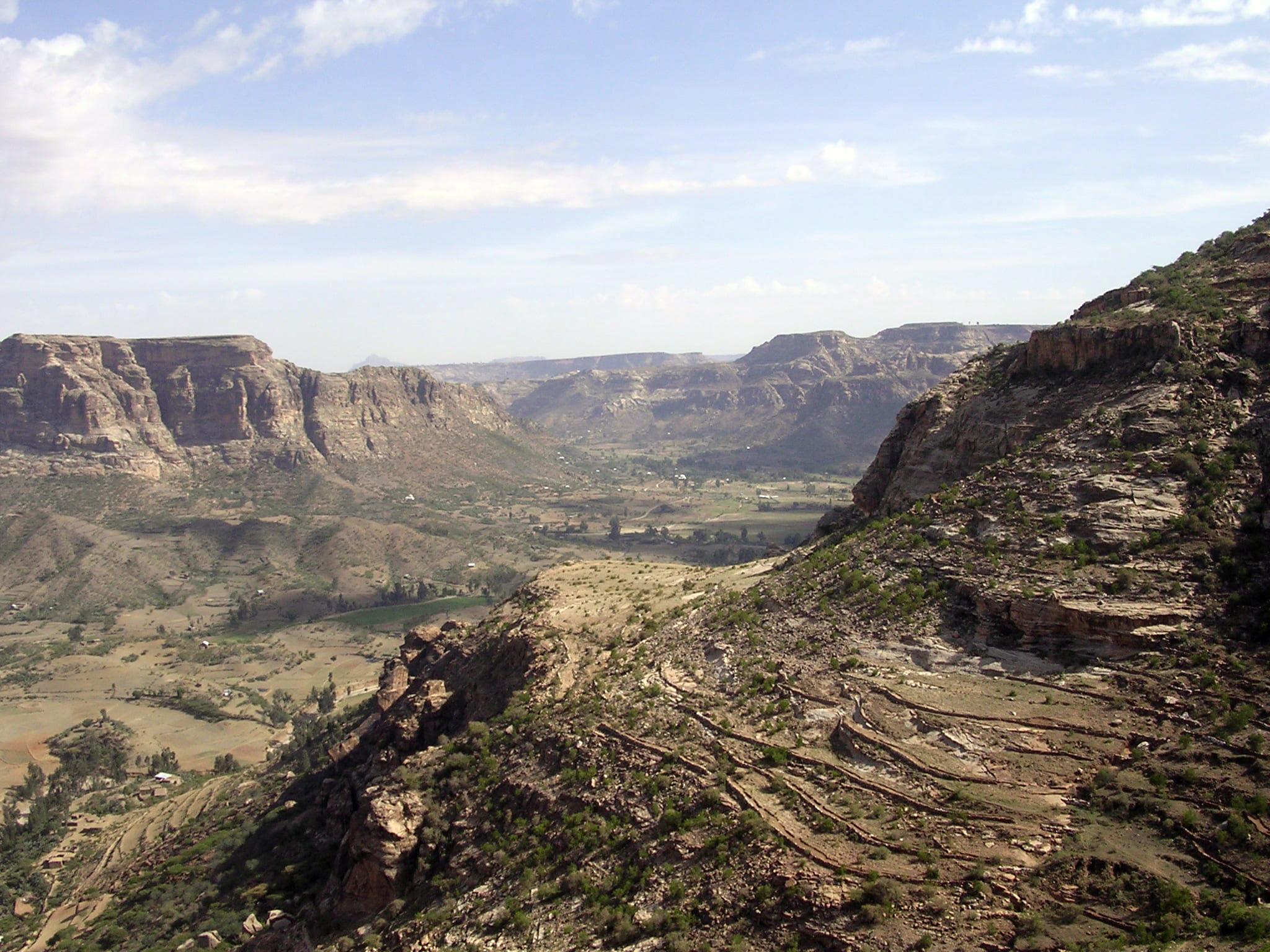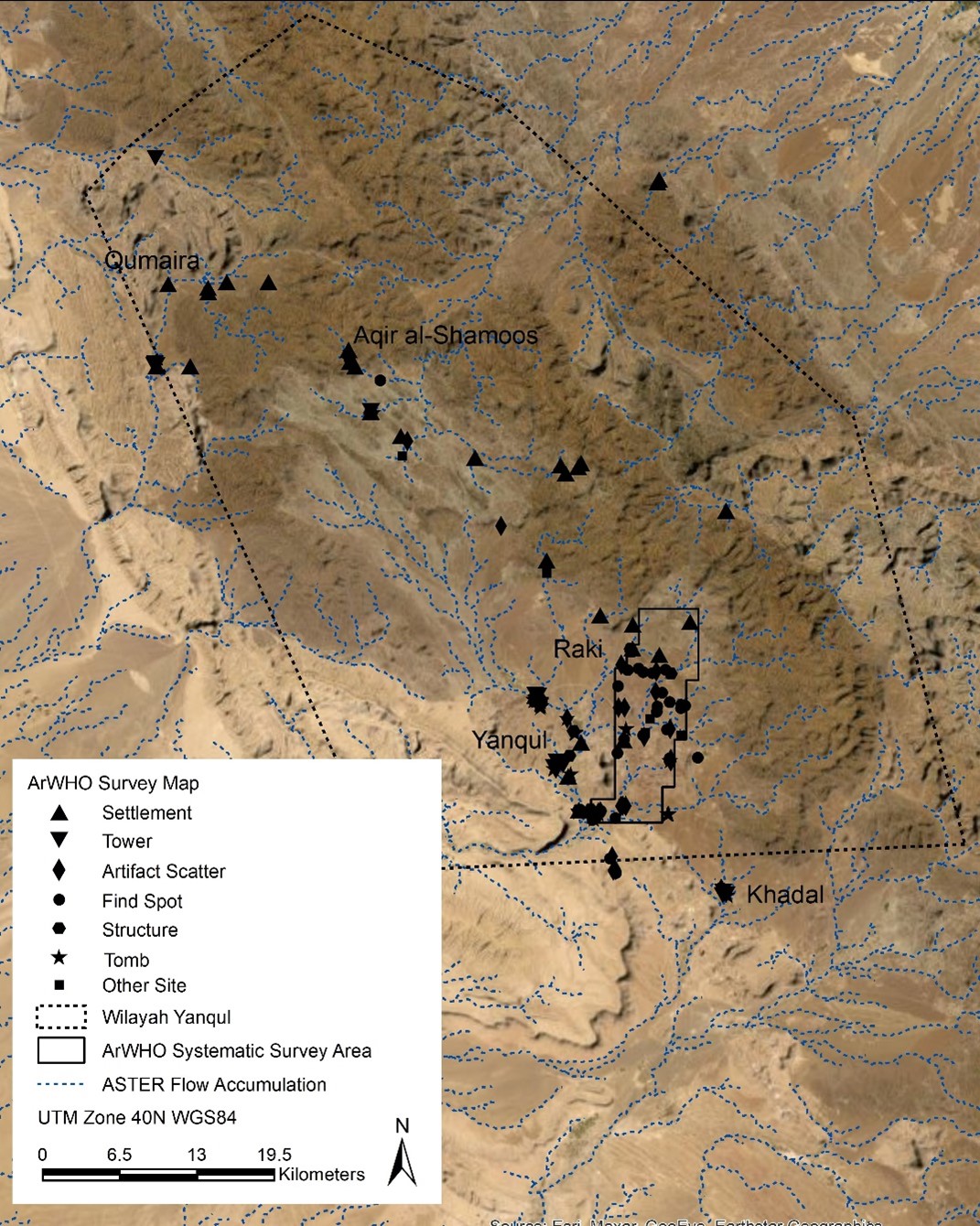Dynamics between Social and Environmental factors in the Development of Settlement Models: Comparative and Diachronic Case Studies from Oman and Ethiopia
Two new co-authored publications from UrbNet postdoc Ioana A. Dumitru.



By Ioana A. Dumitru.
The two publications represent the culmination of nearly a decade of fieldwork and research conducted in Oman and Ethiopia together with an international team of researchers, scholars, students, and heritage professionals from Ethiopia, Oman, and the United States. These papers emerge out of Johns Hopkins University’s Spatial Observation Lab for Archaeological Research (SOLAR, Director: Michael Harrower).
Research in both countries initially centered around understanding the relationship between water availability and irrigation and the origins and long-term trajectories of ancient civilizations in the Tigrayan highlands of northern Ethiopia (Southern Red Sea Archaeological Histories project) and the ad-Dhahirah governorate of northern Oman (Archaeological Water Histories of Oman project). Since this work began, research goals have expanded to investigate the development of socio-political organization in relation to the exploitation of strategic resources, such as water, copper, and obsidian.
Published in the Journal of Oman Studies, “From the Paleolithic to the Islamic Era in Wilayat Yanqul” reports basic results of archaeological survey and baseline analysis of associations between archaeological sites and water sources. The survey included wide-area reconnaissance as well as systematic sampling of a 100 km2 area northeast of the town of Yanqul, in the ad-Dhahirah governorate of northern Oman. Important results include Paleolithic finds, discovery of new Neolithic sites, insights about Bronze Age monuments, new understandings of Iron Age trade, and broader understandings of Islamic era settlements in the mountainous hinterlands. Perhaps unsurprisingly for networks developing in arid environments, archaeological remains indicative of human occupation are correlated with water resources and water management. In addition to water availability, the interrelationship with other social and environmental factors played a key role in structuring the settlement pattern in northern Oman. For instance, high visibility locations along waterways were important in establishing control of territory and water. The combination of these two elements was a driving factor in the development of the Bronze Age settlement network. In later periods, on the other hand, remote, secluded places became important settings for villages in the Iron Age and later times.
“Aksumite Settlement Patterns”, published in the Journal of Archaeological Research, focuses on two types of settlement pattern analysis: site size and spatial clustering. Settlement pattern data from northern Ethiopia indicate that the Pre-Aksumite period (ca. 800–360 BCE) entailed dramatic population growth and the development of a settlement network including hamlets, villages, and towns characterized by clusters of smaller sites around large settlements. Site size hierarchies indicate a three or four-tier hierarchy during the Pre-Aksumite period, which is consistent with previous interpretations of multiple chiefdoms or a state. The traditional interpretation that the site of Yeha was a dominant and critically important political or ceremonial center of the Pre-Askumite polity is supported by these analyses. Findings further indicate that political development during this period was driven by a small number of large and influential settlements. The subsequent Aksumite period (ca. 80 BCE–825 CE) involved continued population growth and a dramatic increase in the number and density of sites as the Kingdom and later Empire of Aksum came to dominate a vast area. Both the capital city and other large towns were connected into a long-distance trade network with access to Mediterranean elite commodities, including Aqaba amphorae and African Red Slip ceramics. The end of the Empire of Aksum (after 825 CE) is associated with dispersion rather than clustering, indicating a decentralized mode of political organization.
Ultimately, what unites these two papers is the central objective of developing a settlement model and understanding how settlements, urban networks, and networks of village communities emerged and developed in relation to their natural environments. In this respect, the difference between the two regions is marked. In contrast to the centralized Pre-Aksumite polity and later Aksumite Empire in Ethiopia, in southeastern Arabia, notwithstanding some otherwise illuminating local and diachronic exceptions, a set of settlements emerged to form a network of village communities, characterized by a lack of political centralization and social stratification yet unified by common cultural elements and reproduced through the circulation of commodities, people, and ideas. This network arguably demonstrates the management and sharing of collective resources, technologies, beliefs, and norms.
Full references to the publications
Harrower, M., Nathan, S., Dumitru, I. A., Lehner, J., Paulsen, P., Dollarhide, E., Wiig, F., Sivitskis, A., David-Cuny, H., Swerida, J. and Mazzariello, J., Crassard, R., Buffington, A., Taylor, S. P., Anderson, M. C. & Al-Jabri, S. (2021). “From the Paleolithic to the Islamic Era in Wilayat Yanqul: The Archaeological Water Histories of Oman (ArWHO) Project Survey 2011-2018”. Journal of Oman Studies 22: 1 – 21. https://hal.archives-ouvertes.fr/hal-03523044.
Harrower, M., Mazzariello, J. C., D’Andrea, A. C., Nathan, S., Taddesse, H. M., Dumitru, I.A., Priebe, C. E., Zerue, K., Park, Y. & Gebreegziabher, G. (2022). “Aksumite Settlement Patterns: Site Size Hierarchies and Spatial Clustering”. Journal of Archaeological Research. https://doi.org/10.1007/s10814-021-09172-2.
